This example will demonstrate how work with two synchronized WX2184C AWGs. It will show how to create & download a sequence built from 3 different waveforms files into the AWGs’ waveform memory. While keeping the two AWGs still synchronized, download and output a new sequence table every 0.6 seconds.
If you haven’t been acquainted with controlling Tabor AWGs using MATLAB’s Instrument Control Toolbox, please refer to Tabor’s website for the previous tutorials in the series ““How to Control Tabor AWGs with MATLAB”:
- ‘Getting started’.
- ‘Using SCPI commands’.
- ‘Using the IVI driver’.
In order to control instruments using MATLAB, the instrument control toolbox is required. Please note that the Instrument Control Toolbox is an additional application that needs to be added. For more information you can visit the Mathworks website.
For this tutorial, we will use MATLAB version R2014a 32bit and a USB interface. To ensure you successfully established all the necessary settings for remote control over the Tabor instrument using LAN/USB/GPIB, please go over the connectivity tutorials on the Tabor’s website.
The ‘SeqMasterSlave.m’ itself as well as the waveforms (in the ‘waves’ folder), can be found after installation of the latest Tabor IVI driver through this path on your computer:
‘C:\Program Files (x86)\IVI Foundation\IVI\Drivers\wx218x\Examples\Matlab’.
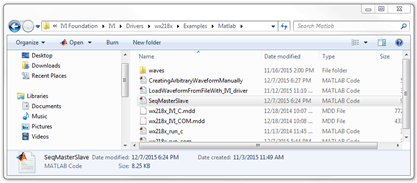
For information regarding the steps, please read the detailed comments in the code itself.
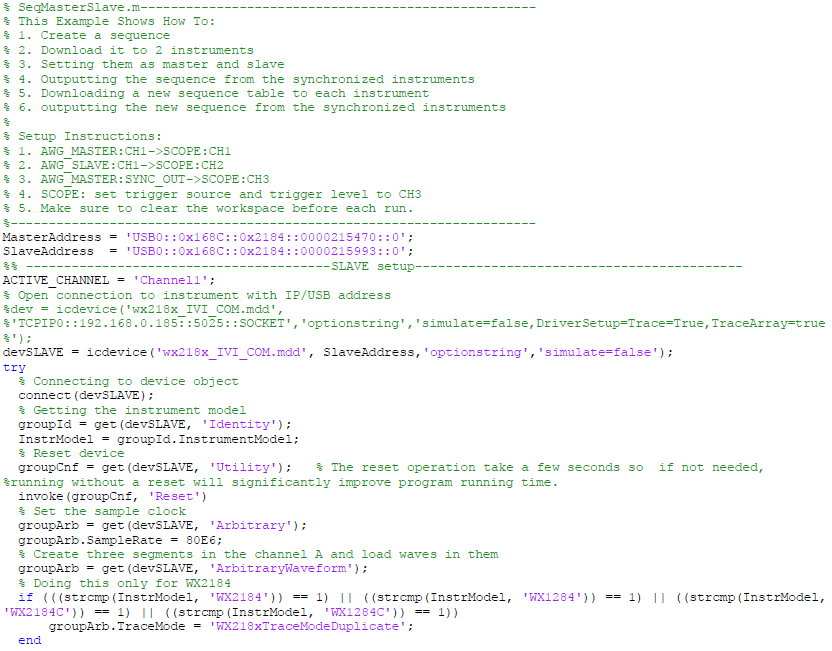
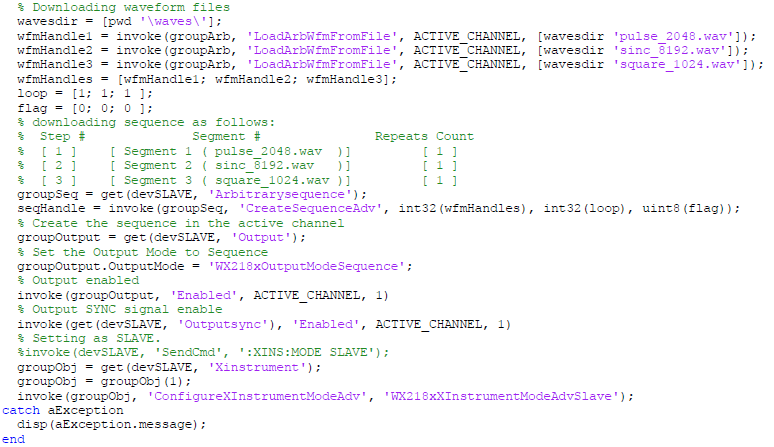
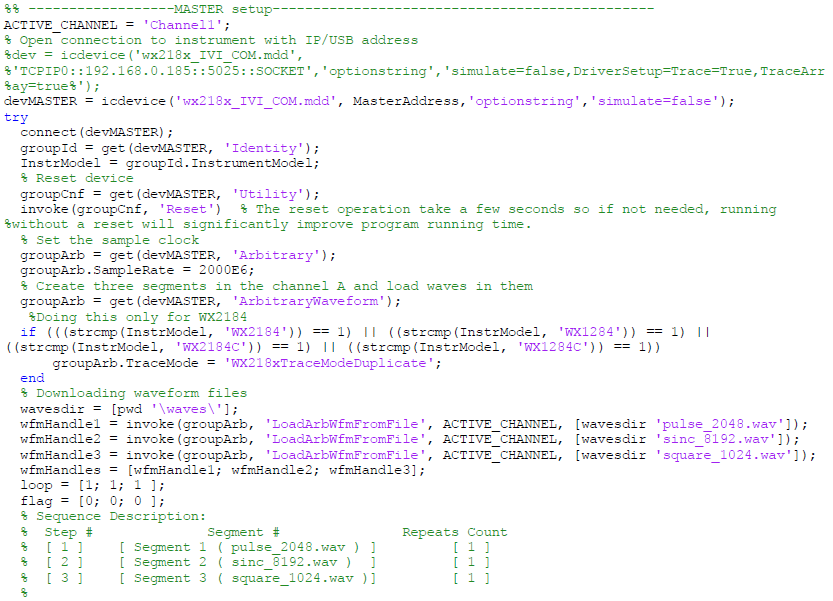
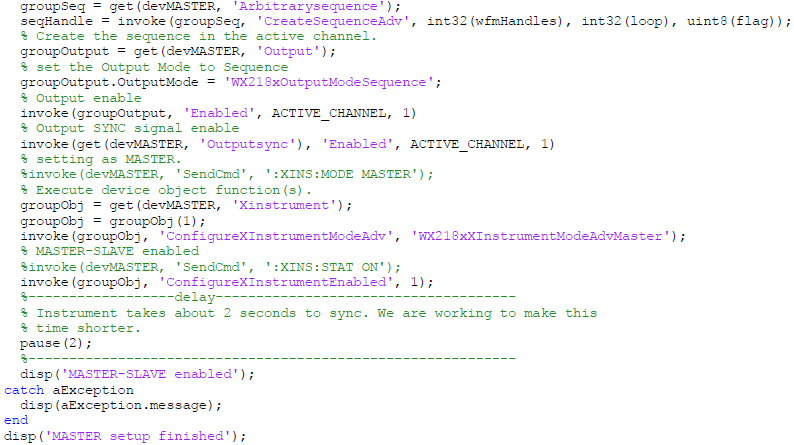
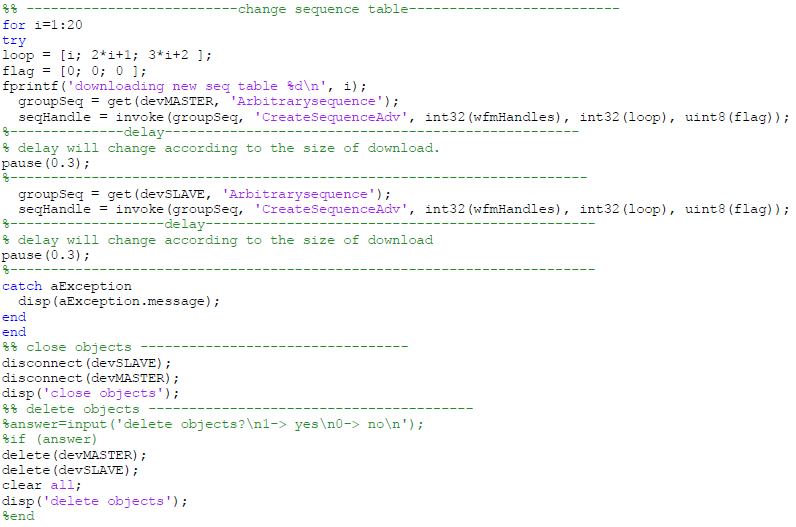
After the program finishes, your command window should look as follows:
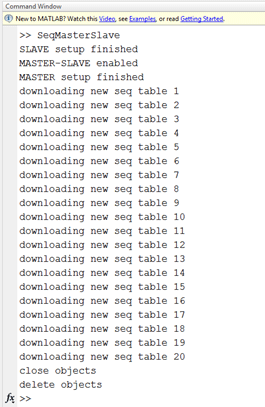
At first, the two WX2184C aren’t synchronized and one WX outputs generates a sequence with SCLK=2Gs/s and the second WX runs the same sequence with SCLK=80Ms/s:
The two WX2184C before synchronization took place.
Once you run the enable sync command, the MASTER & SLAVE’s outputs are now in sync:
The two WX2184C after synchronization completed.
And a new sequence table is downloaded & outputted every 0.6 seconds:
The two WX2184C after downloading a new sequence table.
Here is the 20th iteration as the last sequence table is outputted:
The two WX2184C after downloading a new sequence table in the 20th iteration.
In the last tutorial, we will show one more example:
- Example #4: Create an arbitrary waveform from binary data using SCPI commands.
For More Information
For more of Tabor’s solutions or to schedule a demo, please contact your local Tabor representative or email your request to [email protected].